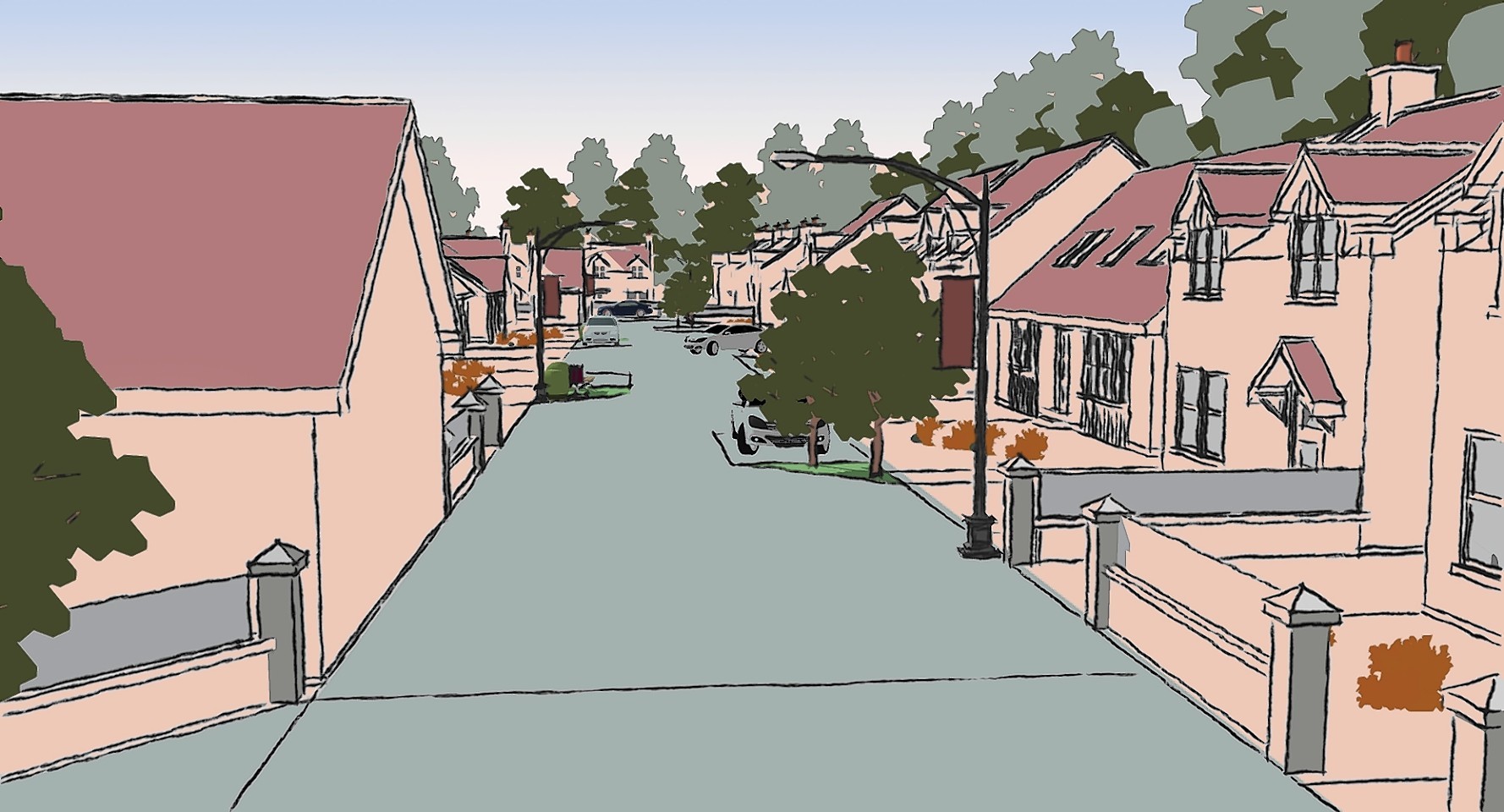A mysterious blade found during excavation works in a north-east town could provide a glimpse into the region’s earliest settlers.
During work to create homes at Wester Clerkhill in Peterhead, workmen stumbled upon an ancient broad blade which researchers believe was created in the Palaeolithic era.
It means that the artefact, which has not yet been definitely dated, could be as much as 40,000 years old.
The find was made by Claymore Homes Ltd, which is developing the site for houses.
Aberdeenshire archaeologist, Bruce Mann, hailed the importance of the discovery.
Last night, he said: “This discovery of this small tool, lost or discarded in prehistory, may seem like a trivial event not worthy of any excitement.
“The truth though is that this tool pushes the evidence of human activity here in Aberdeenshire back potentially another two thousand years.
“We have long expected finds like this to turn up, but now we actually have something real to help tell the story of the area.
“I’m hoping it’s the start of many more such discoveries in the north-east.”
The blade is currently with Claymore’s archaeological team.
Palaeolithic finds are rare within Scotland.
The entry country was covered in ice sheets during the coldest periods of the era, and settlements began to appear much later than in other European regions due to the harsh climate.
Last year, however, stone tools were found at Rubha Port an t-Seilich, on Islay, which dates from the period.
They were found by foraging pigs and are thought to have been the remains of a summer camp used by hunters travelling the coast.
A decade earlier, the only other proof of Palaeolithic culture was found at Howburn Farn in Biggar.
The flint artefacts were dated to be from 12,000BC.
Two-hundred new homes are planned to be created at the site where the blade was found.
